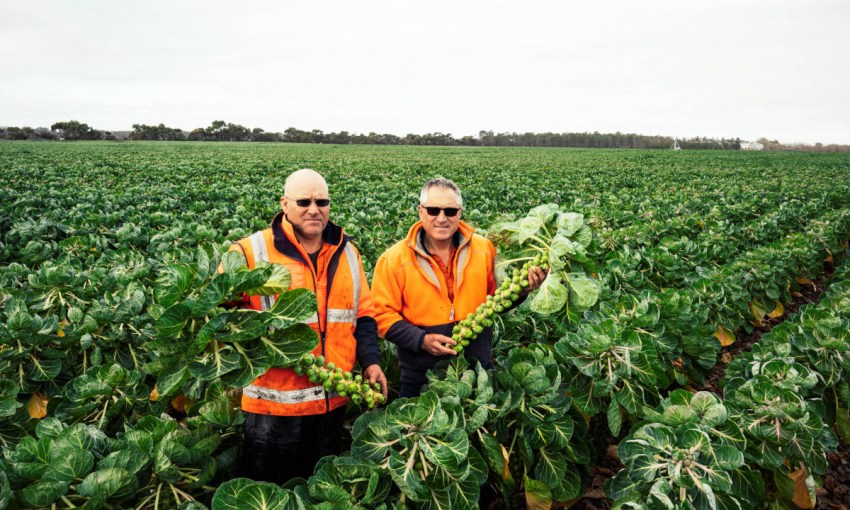Underrated and overperforming – two words encapsulating the small Fleurieu Peninsula town that is arguably one of Australia’s quietest achievers.
South Australian Agricultural Town of the Year finalist: Langhorne Creek
 Located between the Adelaide Hills and Lake Alexandrina, Langhorne Creek is one of the oldest wine regions in the country and also one of the largest grape-growing regions in the state.
Located between the Adelaide Hills and Lake Alexandrina, Langhorne Creek is one of the oldest wine regions in the country and also one of the largest grape-growing regions in the state.
Yet ask any city folk to correctly place Langhorne Creek – the town and the broader wine region – or recognise its name and most will go blank. Local winemakers say it’s not unusual for visitors to wrongly estimate its distance from Adelaide, often assuming the trip will take twice as long.
Only an hour’s drive from the city, Langhorne Creek’s flat landscapes are covered in vineyards, horticultural crops and towering ancient gum trees.
The district is home to eight boutique cellar doors and the oldest documented Cabernet vines in the world, at Metala Vineyard. The town’s grape growers are renowned for producing fruit that ends up in award-winning wines, with Wolf Blass claiming a trio of prestigious Jimmy Watson trophies in the ‘70s for wine made from Langhorne Creek grapes. Still, the town remains one of the country’s best-kept secrets.
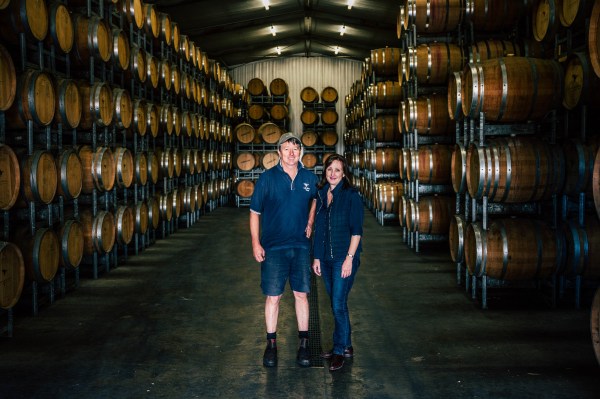
But it’s not all about the wine.
Langhorne Creek’s agricultural industry also includes two of the largest Brussels sprouts producers in Australia, while other interests include potatoes, horseradish, lucerne and the niche Bormann Turf farm which provides turf for some of Australia’s most high-profile sporting venues, including the MCG and Adelaide Oval.
Beyond the fields and grapevines are the people working them, with the town home to 427 people – 40 per cent of them working in viticulture, wine and other alcoholic beverage manufacturing, or grain-growing.
Ironically, there is no such waterway called Langhorne Creek. Two watercourses run through the district, the Bremer and Angas rivers. Langhorne Creek is located on a natural flood plain, allowing farmers to take advantage of excess water to naturally irrigate their crops by strategically holding water in certain blocks and removing flow barriers elsewhere. The town floods about once every four years and the district’s water management is one of its best examples of community cohesion.
Langhorne Creek Grape and Wine Group CEO Lian Jaensch says many years ago, growers and dairy farmers would draw water from a large confined underground aquafer.
“The community started to notice that you can’t just keep using a closed resource, so it was starting to experience a rise in the water table and a decrease in the quality of water,” she says. “The community knew that wasn’t sustainable.”
Over the past 25 years, growers have switched their groundwater licences for Murray River licences, the Langhorne Creek Water Company was established, and later the Creek Pipeline Company, all contributing to better water management and sustainability.
Greater water management lead to expansions and a planting boom, with large corporates including Treasury Wine Estates and Orlando (now Pernod Ricard) settled in the district. Today they join FABLE Vineyards, CMV Farms and Casella.
Langhorne Creek is also home to smaller, longstanding family-owned operations. Bleasdale was the town’s first winery, established by pioneer Frank Potts in 1850, and is still in operation today. The Folletts of Lake Breeze Wines is another prominent local family, with award-winning winemaker Greg Follett at the helm, producing what many consider the best Cabernet Sauvignon in the region.
Other trendsetters are siblings Brad Case and Nicole Clarke of Kimbolton Wines. They have strong family ties to the region (their grandmother was a Potts of Bleasdale) and all eyes were on their property last year with the opening of Kimbolton’s first cellar door, made from shipping containers.
Brad runs a contracting business on the side, employing about 14 people who provide mechanical harvesting and pruning services, post knocking, vineyard removal and redevelopment. He says he’s the first in the district to adopt recycling spray filters in the vineyard, reducing chemical use and saving money.
The Case family, who produce on average 550 tonnes of fruit a year, keeping only 30 tonnes for the Kimbolton label, have been growing alternative variety Montepulciano for about a decade.
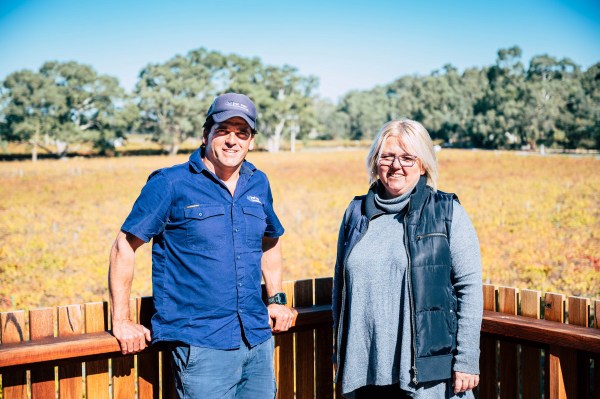
“What we’ve been doing here is looking at what’s sustainable for us. With climate change and more extreme weather events, we’re looking at those alternate varieties that don’t skip a beat when it’s a 47C day,” Nicole says.
“We’ve been working with Montepulciano and Carignan and we will have our first Fiano this vintage. We’re trying to find things that work for us from a price point and climate perspective.”
Many local growers are also onto Malbec, a variety known to grow quite well in Langhorne Creek. But it’s still finicky, suffers in extreme heat and is susceptible to poor fruit set and yield variabilities.
Lian Jaensch says growers are looking at ways of dealing with these challenges by planting clones and implementing management techniques to cool the environment and root zone during heatwaves.
Over at Bremerton Wines and Vineyards, a family-owned company that’s been around since 1988, Malbec is a standout. Sisters and co-managers Lucy and Rebecca Willson say interest in Malbec is constantly evolving.
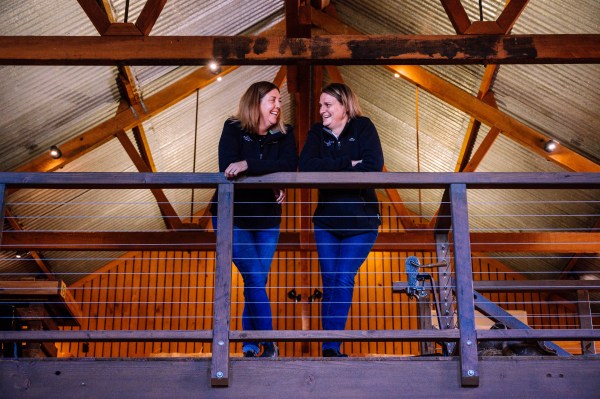
Bremerton has recently been hot on biosecurity and is one of many cellar doors taking part in Vine Health Australia’s responsible visitation campaign, educating staff and visitors on the importance of keeping SA phylloxera-free.
Bremerton has also adopted technology innovations in the vineyard, notably app Platfarm that uses aerial imagery and soil maps to allow growers to see the variability of their land.
The farmer can determine where particular works such as mulching need to be carried out, saving money, and minimising wastage. It’s an otherwise laborious process; tying fluorescent tape around the vineyard so contractors know where to stop and start works.
Through collaboration with Langhorne Creek Grape and Wine, the aerial imagery was captured and made available for all grape growers – beyond Platfarm users – to apply.
Bremerton has also purchased under vine weeding equipment that reduces reliance on chemicals for weed control and last year invested in moisture probes ensuring water is only used where it’s needed, and so the quality of the vines can also be manipulated. A solar system, rainwater tanks, an LED light replacement program and a more efficient refrigeration system at the winery are other recent initiatives.
The Willson sisters admit Langhorne Creek’s achievements aren’t “just about the wine” and they are quick to point out the district’s other important agricultural pursuit – Brussels sprouts.
Australia’s Brussels sprouts industry is dominated by three families and two of them are in Langhorne Creek – the Samwells and the Cranwells.
A.E. Cranwell and Sons grows 90 acres of the humble vegetable in Langhorne Creek, harvesting between 1200–1400 tonnes of sprouts a year and selling to major supermarkets and wholesale markets across Australia.
Employing eight permanent staff between their Langhorne Creek and Nairne (Adelaide Hills) farms and a number of casual helpers during the packing season, the Cranwells also employ Pacific Islanders under the Federal Government’s Pacific Labour Scheme.
Sprouts aside, Langhorne Creek soils are producing another humble vegetable – horseradish.
Newman’s Horseradish farm and factory is home to the iconic red-labelled horseradish paste.
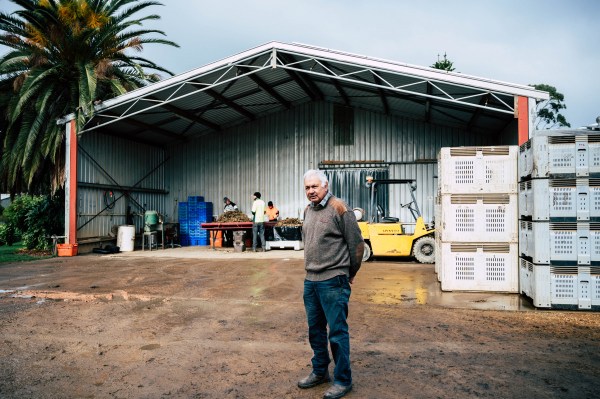
Owner Brian Meakins has lived in Langhorne Creek for more than 30 years and employs six full-time staff who help him and wife Anne grow horseradish crops and process all products on site.
The farm is also home to boutique cellar door Rusticana Wines, which along with the seven other cellar doors in the region come together occasionally for showcase events including Cellar Treasures Weekend and Langhorne Creek on Leigh Street.
This ‘all-in’ attitude and willingness to have each other’s backs is what makes Langhorne Creek a hardworking, tight-knit country town.
“It’s a brilliant town, community spirit is sensational,” Brian says.
“I could tell you stories of generosity that would make the hair stand up on the back of your neck.”
The Agricultural Town of the Year is a State Government initiative designed to highlight South Australian towns that support and promote primary industries and all that they bring to rural communities.
The Government received 43 nominations, with an independent judging panel whittling that list down to five finalists – Cleve, Kapunda, Langhorne Creek, Millicent and Renmark.
Each of the five finalist towns will be profiled in SALIFE digital over the coming weeks.
The winner, also selected by the independent panel, will be announced at the South Australian Regional Showcase celebration event on October 11.
This story is sponsored by Primary Industries and Regions SA.



